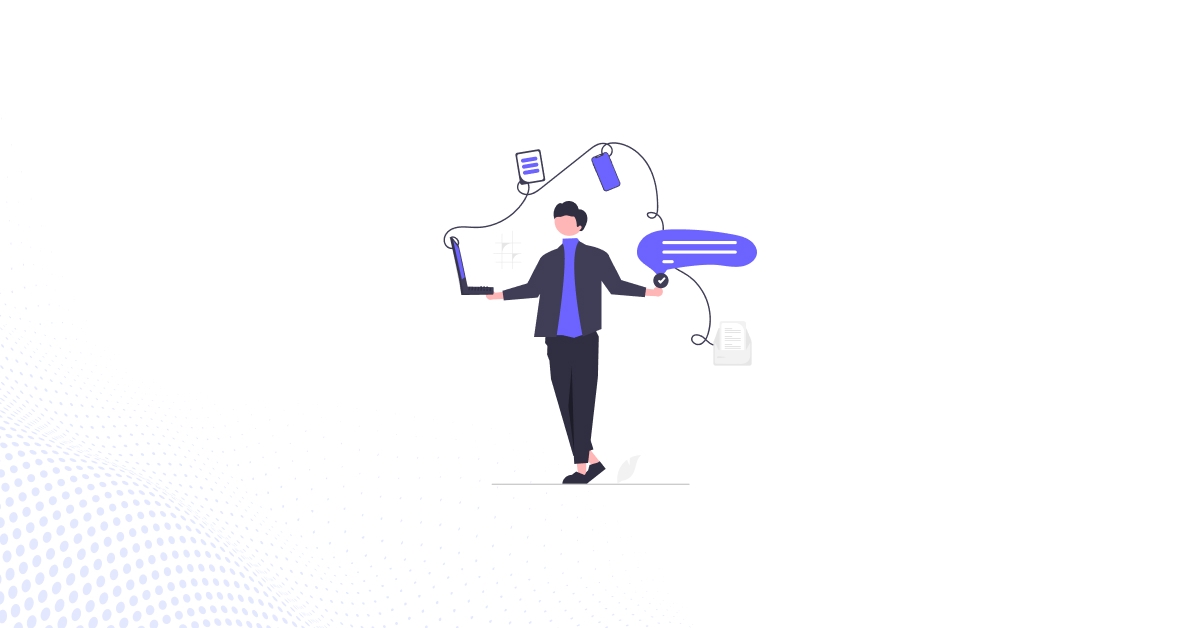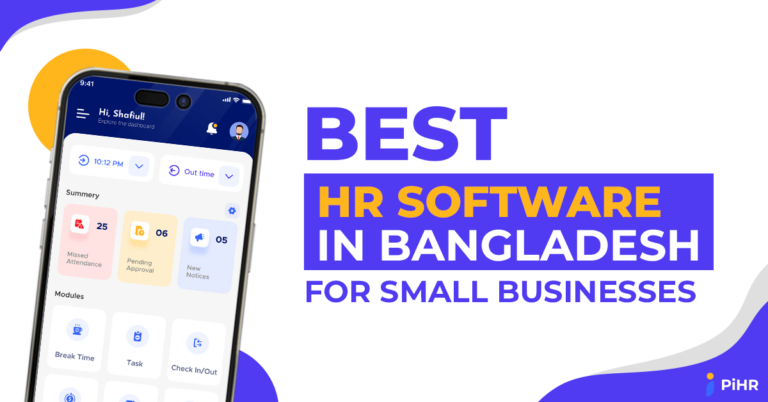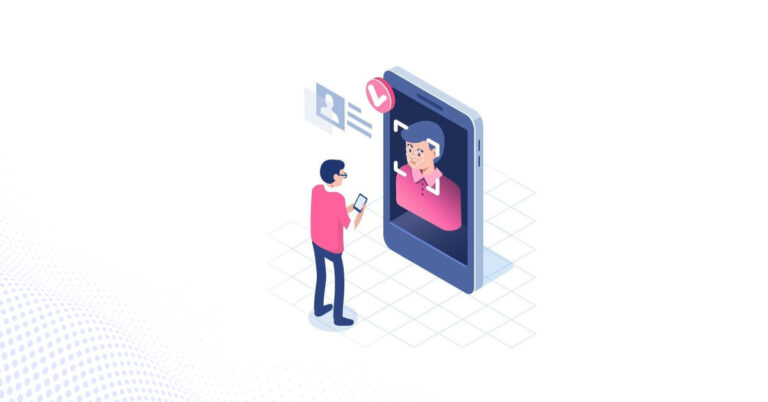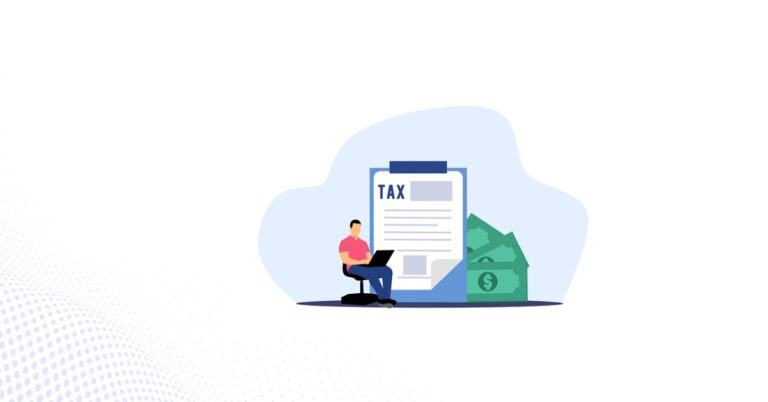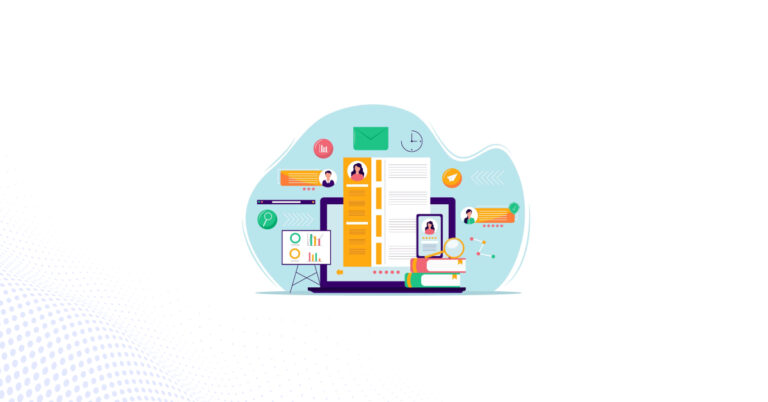“Every industry and every organization will have to transform itself in the next few years. What is coming at us is bigger than the original internet and you need to understand it, get on board with it and figure out how to transform your business.”
– Tim O’Reilly, Founder, and CEO, O’Reilly Media
The concept of digital transformation can be defined as the transition of an organization based on traditionally manual processes to one that uses technology to perform all business functions: internal (employee-facing, operational) and external (customer-facing). In the digital age, transformation is the result. This does not come about as a result of the process of digitization.
The goal of digital transformation in HR are-
- Reduce the amount of time spent on repetitive tasks by automating processes.
- Increase employee satisfaction.
- Freeing up time for strategy and ultimately benefit the business.
HR digital transformation involves using data to guide every aspect of human resources, from payroll to benefits to performance management, to learning and development, to rewards and recognition.
Importance of Digital Transformation in HR
It may not seem obvious to those who have been using paper and spreadsheets for a long time, but if you’re IT-savvy and eager to be kept up-to-date on the latest developments, these examples will be clear to you.
Save time and money
Administrative tasks should be reduced so that manual work can be eliminated. Productive and creative employees use their time efficiently. A payroll report is ready instantly by using HR and Payroll Software. Moreover, indirect cost reductions can be realized by generating quarterly reports or resolving carry-forward activities.
Automate the HR process
Keeping your business compliant and competitive can be achieved by optimizing your processes. The use of digital HR streamlines management workflows for human resource professionals.

Providing HR insights
As soon as your team combines all information into one accurate system, they will be able to formulate strategic plans rapidly.
Organize employe’s data
Easily locate employee data. No more clutter and paper files. It is more effective to deliver employee information when you need it by using employee databases. In the future, data-driven strategies will be a key competitive advantage for every business. It’s very easy to organize employees’ data by using Employee Management Tools.

Improve HR efficiency
Managers of teams are notified automatically and can validate immediately. It simplifies internal processes and enhances communication. Predict future employee behaviors from past employee behavior.
The 6 Stages of Successful HR Transformation
Here are a few steps for a successful start:
- Identify a goal you want to achieve
- Determine who will be responsible for implementing the transformation
- Recruit additional resources and set a timeline
- Plan and prioritize ideas
- Invest in the resource and make your team
- Digitalize the culture
01. Identify a goal you want to achieve.
Make sure you have a clearly defined business goal before embarking on a large transformational HR initiative. There is a good chance that this goal will be a solution to an employee issue.
It is critical to focus on outcomes rather than outputs. It is an output-oriented goal for an AI-based tool to increase the number of screened candidates per month during a recruitment cycle, for example. As a result, you can set a target and make sure it is achieved.
The goal of transformation has to be connected to the company’s goals. The success of your digital transformation project will be measured by the value you add to your business. As an example, a goal could be to reduce the cost per hire and the cost per replacement to significantly reduce business expenditures. It might be better to hire the best candidate using AI-led candidate screening to increase revenue.
02. Determine who will be responsible for implementing the transformation
This includes all stakeholders, from employees to executives and everyone in between. To succeed with a digital HR transformation – something that affects the entire organization – you need the help of your entire organization.
Taking charge of this transformation must be the responsibility of line managers and HR practitioners. Changes to HR practices directly impact managers and their teams, who deal with employees directly. There is a good chance that these managers might be most enthusiastic about the transformation and able to identify key HR processes that need to be improved.
03. Recruit additional resources and set a timeline
A certain job requires certain tools, so you will have to purchase those. Aside from that, you may have to employ staff members to carry out the job. It might be helpful to hire a data scientist for analyzing your data and simplifying the insights it provides to help shape your business strategy if you are using AI to gain insights about engagement and performance.
Each process is given a sufficient amount of time to prove its value to the company. The implementation of a new candidate-screening tool over three months will allow you to determine if it can provide you with a quality candidate database.
04. Plan and prioritize ideas
This will result in quite a few ideas. Sort them based on impact and effort. Firstly, the business impact of digitizing the ideas, and secondly, the time and expenses required to make them digital.
Through the implementation of a recruitment/screening tool, the need to browse through job boards and LinkedIn might be eliminated in the recruitment cycle. It may also be necessary to reorganize management and create a more open and less hierarchical structure when identifying processes that need to be replaced.
Depending on the situation, even your intern may be able to offer inputs for low-level strategies or initiate the second round of candidate screening.
05. Invest in the resource and make your team
Digital technologies are helpful, but if we do not evaluate their results, it makes hardly any business sense. That is why we have to critically evaluate what works.
In the end, the only way we can advance is to solve actual problems with technological solutions that are truly effective. Despite businesses’ intent to invest more in digitization, it is often challenging to entrust a whole department to take on the task with minimal risk of failure.
When HR processes change, all participants are prepared for the change. It is wise to start small. Human resources leaders are concerned that organizations that wait to see how digital transformation plays out will lag. Starting with a smaller scale (if necessary) may minimize the impact of failure (if any), rather than launching an enterprise-wide transformation and, as a result, abandoning any attempts at digital transformation.
It is much easier to apply feedback and lessons learned from a pilot project to a company-wide implementation than to make errors in a large-scale rollout. The HR team may, for example, transition to automated candidate screening for associate-to-mid-level jobs, while the remaining recruitment team uses an older process to identify best-fit candidates for managerial positions. As a result, traditional processes have not been disrupted. Instead, you are simply experimenting with various ones. In this case, there is a lower risk of failure.
06. Digitalize the culture
An HR transformation cannot be achieved solely with digital technology. Even a complete digital transformation of the organization is difficult. It has to do just as much – if not more – with everyone’s mindset. This is a direct result of your company culture.
We have found that Accenture’s grassroots approach is particularly effective when implementing technology across the globe. IT department provides the latest technology to those who want it and relies on them to promote it since peer pressure is often more effective than top-down. It is a reflection of the way services are consumed today and emulates the consumer world
What if you fail to reach your goal?
In some cases, transitioning to a newly developed technology, training your team on it, and then discovering that it does not work as expected may occur. This is not uncommon. Not everything works right from the start.
To determine why your digital transformation goals may have been missed:
- Find out where the glitches are
- Open the minds of your team to the digitization
- Consider reevaluating your digital solution
In the end, HR digital transformation is not optional. As the world is digitalizing at a fast pace, and consumers-turned-employees expect virtually everything in their lives to be digital, HR and employers simply can’t remain behind.
For example, take a look at what the Timken Company did. To support various processes, they decided to move to a cloud-based HR solution. Examples include payroll, recruiting, and succession planning.
Therefore, the company had reduced time to pull operational reports, easier access to business intelligence, improved employee satisfaction, and a reduced time to pull operational reports.





